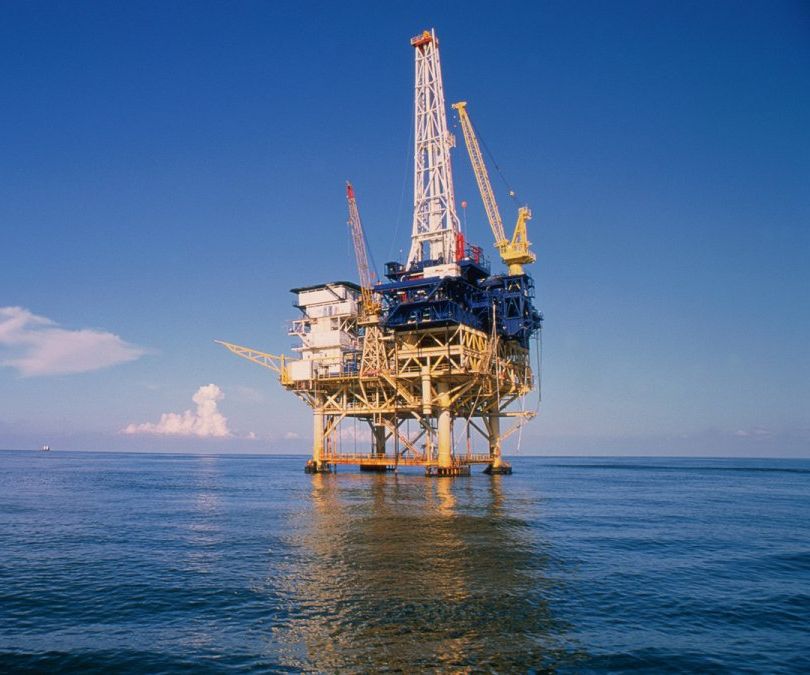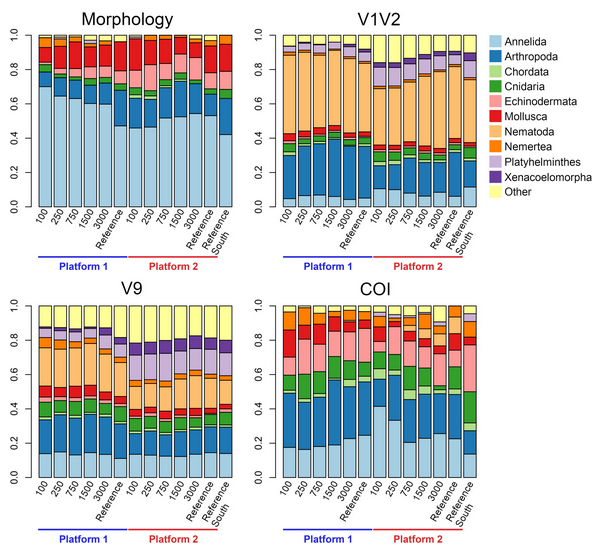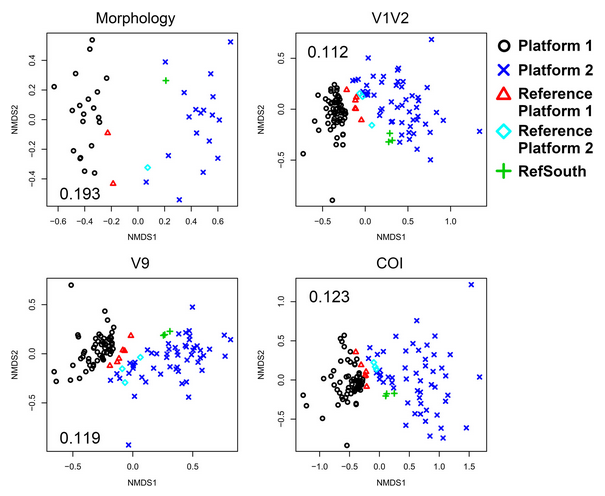Impact of offshore platforms on marine biodiversity
Ecological impact ?
This study focuses on innovative methods for monitoring the ecological impact of oil and gas platforms in the North Sea. Traditional biomonitoring of marine environments is labor-intensive, relying on manual identification of benthic organisms, which is costly and time-consuming. Environmental DNA (eDNA) metabarcoding offers a modern alternative, leveraging DNA sequencing to provide a comprehensive and rapid assessment of biodiversity. The importance of such work lies in improving our ability to monitor industrial impacts on marine ecosystems while meeting regulatory demands like those set by the European Water Framework Directive and the Marine Strategy Framework Directive. This advancement is critical for sustaining marine biodiversity and ensuring responsible industrial practices.



The study employed eDNA metabarcoding to analyze sediment samples collected at various distances from two offshore platforms in the North Sea. High-throughput sequencing of genetic markers (18S rRNA and COI) was used to identify benthic eukaryotic communities. These results were compared with traditional morphology-based assessments. The metabarcoding approach was found to be more efficient, detecting shifts in biodiversity patterns and the ecological impact of operational discharges. The research also introduced a novel pressure index, built on local sediment conditions and designed to predict ecological impact more effectively. Metabarcoding demonstrated higher sensitivity to environmental changes than traditional methods, particularly in detecting variations in alpha and beta diversity.
The study concluded that eDNA metabarcoding is a robust, cost-effective alternative to conventional biomonitoring techniques. It provides a broader ecological insight by including previously overlooked taxa and is adaptable for local environmental conditions through taxonomy-free indices. This methodology shows great promise for routine environmental monitoring, though further research is needed to refine bioindicator selection and integrate larger datasets for global application. The findings emphasize the potential of genomic tools to transform marine conservation and industrial regulation practices.
For more information, see the published paper.

